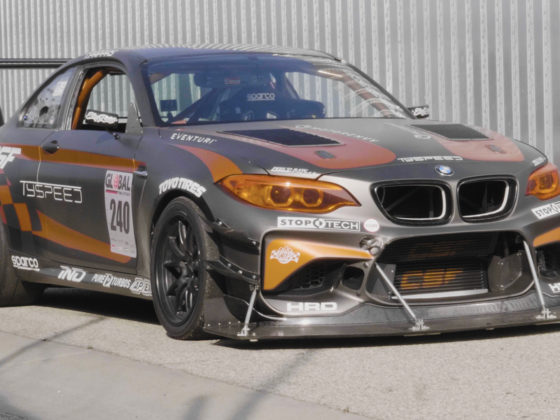
Super tech titanium retainers part number K20A2/T2 were used for the maximum strength with wear and chaffing resistance while retaining lightweight to reduce the chances of valve float.

Even though they are little parts, the valve keepers are one of the most critical parts of the valvetrain. If they fail a valve will drop and destroy the engine. Supertech keepers part number KPR-5.5/7A-ST are not stamped like cheap OEM parts, but machined out of chrome-moly and heat-treated afterward.

Supertech valve spring seats part number H1020DS keep the inner valve spring perfectly centered.

Supertech valve seals part number VS-H5.5E and VS-H5.5I are low friction, heat resistant and still seal well for low oil consumption. The intake seals have more tension to keep oil out of the intake ports while the exhaust seals can tolerate higher temperatures.

For cams, we used Drag Cartel Stage IV parts. The part number is DC-OG-004. These cams are ground on 8620 steel billets. They are CNC ground with small diameter finishing wheels to give the proper inverted flank ramps needed to work well with roller followers.

The Drag Cartel Stage IV cams have a whooping 275 degrees duration at 0.050″ lift and 14.5mm lift on the intake side and 275 degrees duration @ 0.050″ and 13.2mm lift on the exhaust side on the high RPM lobes. It’s a good thing these cams have i-VTEC to help out on the bottom end! The Stage IV cams are stable at high rpm and are suitable for road racing and long-duration events.




10 comments
I don’t understand why that collector necks down before the V-band, the “reverse cone”. I don’t get how it would not induce a back pulse, granted turbulent flow physics is not my domain.
At what point in a build would you consider going to individual lambda versus the one? Would there be any gain without ITBs?
Okay well I went studying a bit on reverse cones and it seems they do generate a backpulse but in a certain RPM range that backpulse turns into a negative pressure backpulse (because of the megaphone shape) that helps suck in fresh air during valve overlap. The bad side seems to be that it has a negative impact on low RPM torque and leaves a torque dead zone during the transition into that negative pressure backpulse. That dead zone seems to be minimised by 4-2-1 headers since the second pulse mitigates the first one during that transition period… This just confirms that turbulent air is not my domain, I’ll let wizards deal with it.
In my testing, the reverse cone reduces power drop off after the peak as I said in the article.
That would make sense, the pulse sucks air in during valve overlap when your piston is near TDC where it’s not doing anything, so that pulse is virtually lengthening your intake duration.
The article I read was about reverse cone exhausts on MotoGP bikes with high RPM NA 4 where they are used to broaden the usable RPM range.
Good thing ASP only doesn’t do BP headers, I need to spend on a new winter car instead.
I don’t like complications and additional stuff on cars. Maybe for dyno headers, I might do that on a well-funded engine development program. Once you start paying for stuff out of your own pocket, you idea on how you ought to do things changes.
Curious to see how much timing you will be able to run on 91
*their magic
From previous experience with this engine, in the low 20’s.
Wow, that’s it eh? I guess with the cam timing and (maybe) small combustion chamber volume of these engines you do not need to run a significant amount of advance? I have a lot yet to learn on K tuning.
small bore too.
I have a good price on a 2012 SI, but it looks like the Z block is way less popular than the A for tuning, is it just a production quantity thing or is there some downside to the Zs that I don’t know about, I could just drop on a 20A head and keep my stock 11:1 bottom end?
Is anything specially bad on the FG that would need to be addressed for autocross? Like the EP steering/suspension geometry problems?